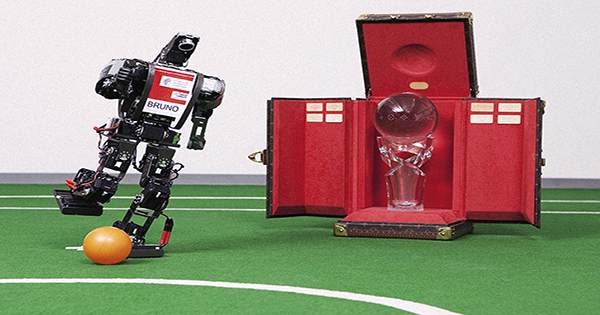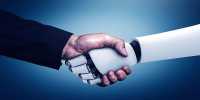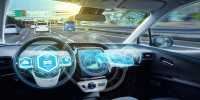In a ground-breaking feat that shows that Hebbian education can be applied to artificial intelligence (AI), scientists have demonstrated a newly developed mathematical formula that allows AI robots to learn and adapt to new situations. Research published at the conference on NeurI Processing Systems and in December 2020, and published in the journal NeurIPS Proceedings, highlighted a very interesting experiment that could help AI robots “learn” on the go.
First reported by Science Magazine, the researchers created a set of rules (mathematical nets) that allow AI robots to learn while presenting with deviations from their pre-programmed situations. These nets incorporated some basic Hebbian rules (as seen in the ancient saying that fire burns together, sticks together), and instead of being fixed (doing the same things over and over again), researchers were able to change these mathematical nets based on what the robot experienced. This allows adaptation.
Typically, AI robots have trouble adapting to new situations because they are set up through programs and a set of instructions is set up that allows them to behave and respond in an orchestrated manner. The researchers of the new study wanted to show that it would be possible to find a robot to learn to present in new situations using these mathematical nets. This “learning” was neatly illustrated in a video that came with the study.
Two simulated robots were doing their own thing, circling an arena. Although both robots were “evolved” by 300 generations (meaning they changed different neural networks based on algorithms of real brain networks) that gave them the ability to move, there was a big difference between the two robots. One contains these new mathematical net instructions, the other did not.
The researchers then removed one front leg from each robot and forced them to work out how to compensate for the damage. From the video you can see that the robot on the left fights first but finally the robot on the right is learning how to walk, able to, seeing both frustrated and rather desperate, it immediately fell behind him.
Anxiously and simply illustrated in this experiment, the explorations promise to develop more accurate AI systems in the future using Hebbian mathematical models. For example, it can be used to translate languages more accurately, to identify images, or to drive video game race cars more efficiently. In another experiment, as in the video above, the AI with the Hebbian mathematical net drove 20 percent better than an AI replica that did not set up a race car video game. It seems that the Hebbian rules will probably come to AI sooner than we think, and it will gradually begin to bridge the gap between AI and human experience. Who knows if the robot will be able to learn for itself in the future?















